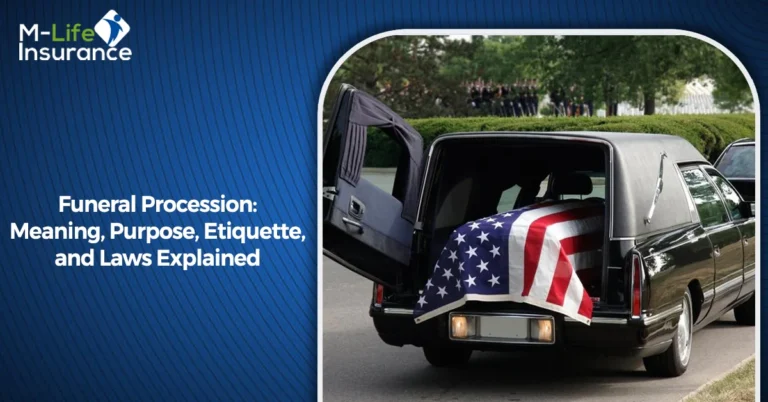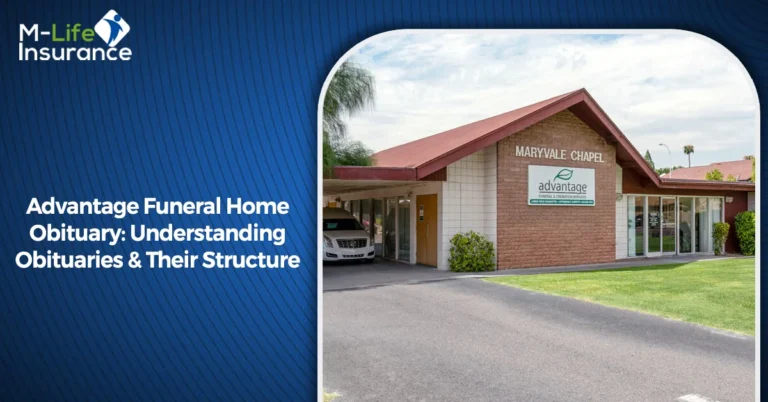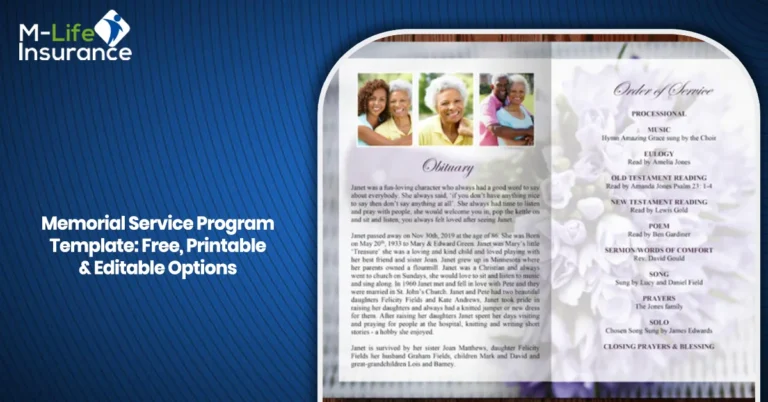Are you looking for something to do next as paying permanent life insurance premiums doesn’t remain your game anymore? Well! One affordable option you may have is extended-term life insurance.
With the help of this option you can turn your plan into a term life plan and the cash value can be used to pay the premiums. Extended-term life insurance is a plan in which the insured ceases to pay the premiums while keeping the policy in force for the terms cash value allows.
In this blog post, we will discuss this unique insurance policy in detail. We will also explore how it works, its costs, and the pros and cons. Let’s get started together!
What is extended-term life insurance?
This insurance plan is actually former Whole Life Insurance which might become too expensive for the insured to pay the premiums. The policyholder can take the accumulated cash value and convert his insurance plan to term life insurance along with the same coverage he has with the whole life plan.
In other words, if someone having permanent life insurance is thinking of ending his coverage because of high premiums, he can go for this plan. He is allowed to convert the plan into a term life and pay the premiums from his accumulated cash value account.
However, one thing to remember is that this option is only for those policyholders who already have built up enough cash value in their insurance plan as determined by the insurer.
How does extended-term life insurance work?
To understand the working of this insurance plan, let’s explain with the help of an example:
Let’s say someone has permanent (whole) life insurance with coverage of about $250,000. However, the policyholder has $35,000 in his cash value account and he wants to go for an extended-term insurance plan.
The insurance provider will determine the length of time at which he wants to extend the plan. After that, they will provide some options on how the insured can convert his permanent policy. Meanwhile, note that the new coverage of the plan will be decided by:
- The money accumulated in the insured’s cash value account.
- The coverage term the insured wants (like 5, 10, or 20 years).
- The amount of coverage of insurance he wants.
However, the insurer may give provide him with the following options:
- If the policyholder wants 20 years of coverage, he may get an extended-term life insurance plan of $75,000 covered by his cash value account.
- If he needs 10 years of coverage, he may get a higher face-value term life plan.
- But if he wants $200,000, the cash value can only cover it for five years.
These options and considerations may vary according to the insurance company. If you are considering converting your permanent insurance plan to extended-term life insurance, determine your coverage and other options and then go for one that suits your needs.
Advantages and Disadvantages of Extended-Term Life Insurance
This plan could be the right choice for you if you want an insurance plan but can’t afford the high costs of permanent life insurance. Here are some of the benefits and drawbacks of extended-term insurance:
Pros of Extended-Term Insurance
While converting for this plan, you can consider availing following pros:
- You can keep the coverage amount or face value for longer.
- The policy makes sure you have some type of life insurance coverage.
- It reduces your insurance expenses by a month as the premiums are paid from the cash value account.
Drawbacks of Extended-Term Insurance
Some reasons to avoid this insurance plan are:
- You may lose the benefits of whole life insurance and can’t use a cash value account anymore.
- After opting for this insurance plan, you can’t convert this term insurance into a permanent one if you want it.
How to calculate extended-term life insurance?
Every insurance company calculated the policy in its way. However, the standard for calculating extended-term life insurance is the same. Likewise:
Suppose you have a whole life insurance plan of $250,000 death benefit that you can’t afford anymore. In that case, your cash surrender amount is $40,000. Cash surrender value is the amount accumulated during the insurance plan that is less than the actual cash value.
How Much Does Life Isurance Cost?
If you don’t want to cancel the insurance plan, you are allowed to move the cash surrender value of your plan into an extended-term life policy without even canceling it. In addition, you can also keep the death benefit of your plan. Meanwhile, the insurer will determine the number of years it may take your surrender cash to reach $250,000.
The calculations of the plan are based on:
- The amount of coverage of your insurance plan.
- Your age at the time of activation of the extended plan.
- The cash surrender value at the time of policy conversion.
Before making a final decision, consider all your options. There might be an alternative way to budget your policy. But if you find no other way, then go for an extended-term life insurance plan instead of canceling it.
The Last Word
Whole life insurance is way more expensive than term life insurance. Changing your whole life insurance plan to extended-term life insurance will make it a more affordable option for you, but you may lose some of the main perks.
Frequently Asked Questions (FAQ)
1- Is there any option for cash accumulation for extended-term life insurance?
No, unlike whole life insurance, this plan doesn’t accumulate any cash, but you may have an option of a “return of premium” rider. However, each insurance company has different terms and rules so ask questions and make it clear before transition.
2- What is extended-term life vs. extended coverage?
If you are searching, it’s better to include “Term Life Insurance Policy” in your research. While doing so, you may get confused with extended-term insurance and extended coverage. Make it clear that extended coverage is associated with the property, for the losses due to fire, lightning, or any other uncommon mishap.

Joyce Espinoza, Expert Life Insurance Agent
Joyce Espinoza is a trusted life insurance agent at mLifeInsurance.com. She’s been in the insurance industry for over ten years, helping people, especially those with special health conditions to find the right coverage. At MLife Insurance, Joyce writes easy-to-understand articles that help readers make smart choices about life insurance. Previously, she worked directly with clients at Mlife Insurance, advising nearly 3,000 of them on life insurance options.




